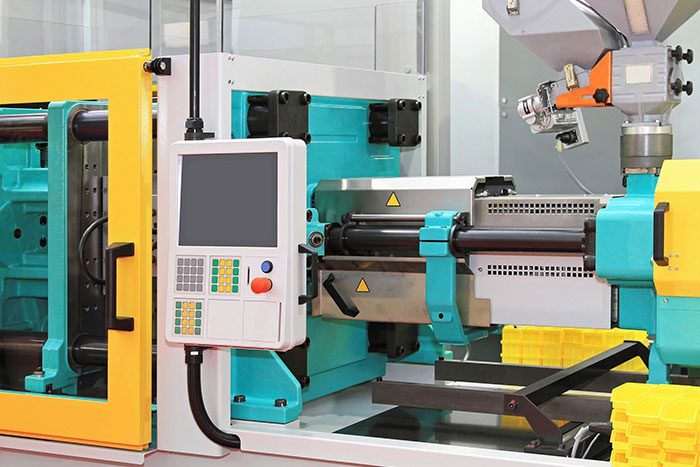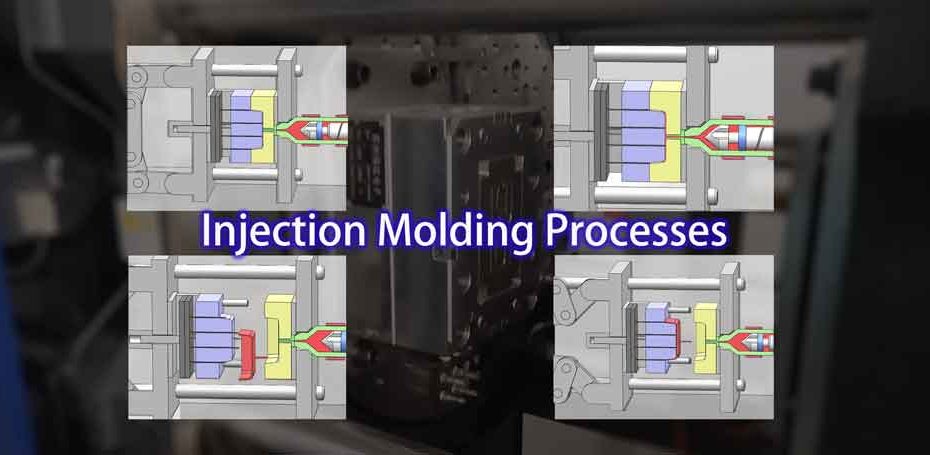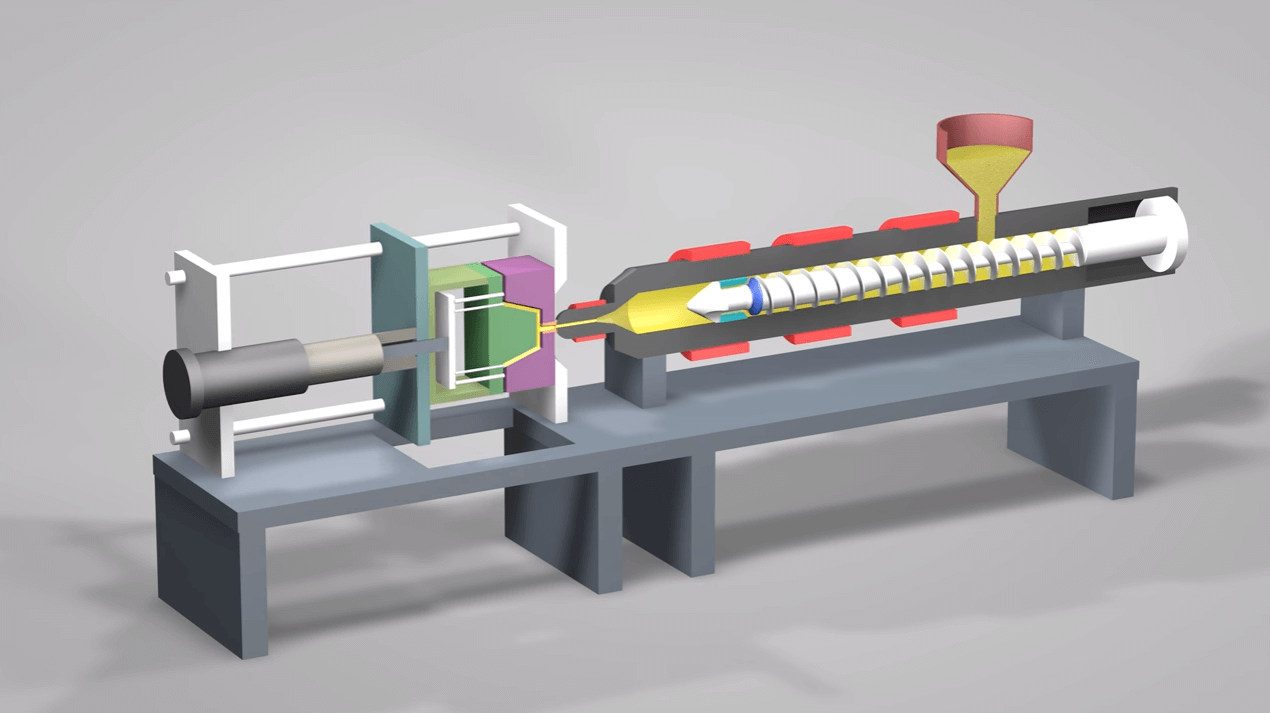Plastic Injection Molding: A Comprehensive Guide to Modern Production Techniques
Plastic Injection Molding: A Comprehensive Guide to Modern Production Techniques
Blog Article
Understanding the Essentials of Plastic Injection Molding Procedures
Plastic injection molding offers as a cornerstone of contemporary manufacturing, supplying a methodical technique to generating intricate elements with accuracy. Exploring these essential components might reveal just how even minor modifications can lead to substantial enhancements in manufacturing results, raising concerns regarding the capacity for development in this established procedure.
What Is Plastic Shot Molding?
Plastic shot molding is an extensively utilized production process that transforms thermosetting and polycarbonate materials into accurate and intricate shapes. This strategy is favored for its capacity to create high quantities of identical components with phenomenal accuracy, making it an essential approach in numerous sectors, including vehicle, durable goods, and medical tools.
The process involves melting the picked plastic product and infusing it into a mold and mildew under high stress. The mold, developed to the requirements of the preferred part, enables the liquified plastic to form as it cools down and solidifies. When the material has set, the mold is opened, and the ended up component is expelled.
Plastic injection molding offers several benefits, including lowered waste, consistency in manufacturing, and the capability to incorporate complex styles that may be testing with various other making techniques. Furthermore, it sustains a broad variety of products, each offering special homes that can be customized for specific applications. As industries remain to innovate, plastic shot molding remains at the center, enabling the advancement of advanced products that fulfill evolving consumer demands.
The Injection Molding Refine
The injection molding procedure is a sophisticated method that entails several vital stages to produce top notch plastic elements. At first, plastic pellets are fed into a heated barrel where they are melted into a viscous liquid. This molten plastic is then injected under high stress right into a precision-engineered mold and mildew, which shapes the product into the desired type.
As soon as the mold and mildew is filled, the plastic is permitted to cool down and solidify, taking the form of the mold cavity. Cooling time is essential, as it influences the cycle time and the last residential properties of the shaped component. After adequate cooling, the mold opens up, and the ended up element is expelled utilizing ejector pins.

Products Made Use Of in Shot Molding
Different materials can be made use of in the shot molding process, each offering unique residential properties that satisfy certain applications. One of the most generally made use of materials include thermoplastics, thermosetting plastics, and elastomers.

Thermosetting plastics, like epoxy and phenolic materials, go through a chemical modification during the treating process, leading to a stiff, inflexible structure. These materials are excellent for applications calling for high warmth resistance and architectural stability, usually utilized in electric insulators and automobile parts.
Elastomers, including silicone and rubber-based products, supply versatility and durability. Their unique homes make them suitable for applications that demand elasticity, such as gaskets and seals.
Additionally, specialized materials like bio-based plastics and compounds are getting grip for their environmental advantages and improved performance features, broadening the range of shot molding applications in various markets. Understanding the homes of these materials is crucial for selecting the proper kind for specific projects.
Benefits of Shot Molding
Injection molding sticks out as a highly reliable production process that supplies numerous advantages for producing complicated get rid of precision. Among the most significant benefits is the ability to create detailed designs that would be difficult or impossible to accomplish with other methods (Plastic Injection Molding). The procedure enables comprehensive features and limited tolerances, guaranteeing high-quality elements
Furthermore, shot molding is recognized for its fast manufacturing abilities, making it an ideal option for high-volume production. As soon as the mold and mildew is created, parts can be created swiftly, minimizing lead times and raising overall efficiency. This effectiveness not just decreases production prices but likewise offers an one-upmanship in the market.
The adaptability of products made use of in shot molding additionally enhances its allure. A wide variety of thermoplastics and thermosetting polymers can be utilized, allowing producers to select products that finest satisfy their specific requirements, consisting of stamina, versatility, and warmth resistance.
Additionally, the procedure reduces waste, as excess material can commonly be recycled and recycled. This sustainability aspect adds to a reduced ecological influence, making shot molding an accountable manufacturing option. On the whole, the advantages of injection molding make it a preferred approach for many markets.
Factors Impacting Item Quality
While countless elements can affect product top quality in shot molding, recognizing these components is crucial for achieving optimal results. Key aspects include material selection, processing parameters, and mold and mildew design.
Material option plays an essential function, as various polymers exhibit special properties that affect flowability, toughness, and thermal stability. Inadequate material selection can cause issues such as warping or incomplete filling.
Processing parameters, including temperature level, stress, and cycle time, should be thoroughly regulated. Variants in these setups can lead to disparities in part dimensions and surface coating. Excessively high temperatures may trigger degradation of the polymer, while inadequate stress can result in brief shots.
Mold design is just as important, as it determines the circulation of the molten her explanation plastic and the hop over to here cooling process. Inadequately developed molds may result in unequal air conditioning rates, causing recurring stresses and dimensional errors.

Verdict
In conclusion, plastic shot molding functions as a critical production process that enables the effective manufacturing of high-quality parts. Proficiency of the injection molding process, consisting of the understanding of products and the influence of numerous aspects on item top quality, is necessary for accomplishing ideal results. The advantages of this approach, such as cost-effectiveness and layout versatility, additional highlight its relevance throughout numerous markets, solidifying its status as a preferred option for high-volume production.
Plastic injection molding serves as a keystone of contemporary production, supplying a methodical approach to producing complex parts with precision.Plastic Your Domain Name injection molding provides several benefits, including decreased waste, uniformity in manufacturing, and the ability to integrate detailed styles that might be challenging with various other producing methods (Plastic Injection Molding). As sectors continue to introduce, plastic shot molding stays at the forefront, allowing the development of innovative products that meet progressing consumer needs
The shot molding process is an innovative method that entails a number of essential stages to create high-quality plastic parts.In conclusion, plastic shot molding serves as an important manufacturing process that allows the reliable production of top notch components.
Report this page